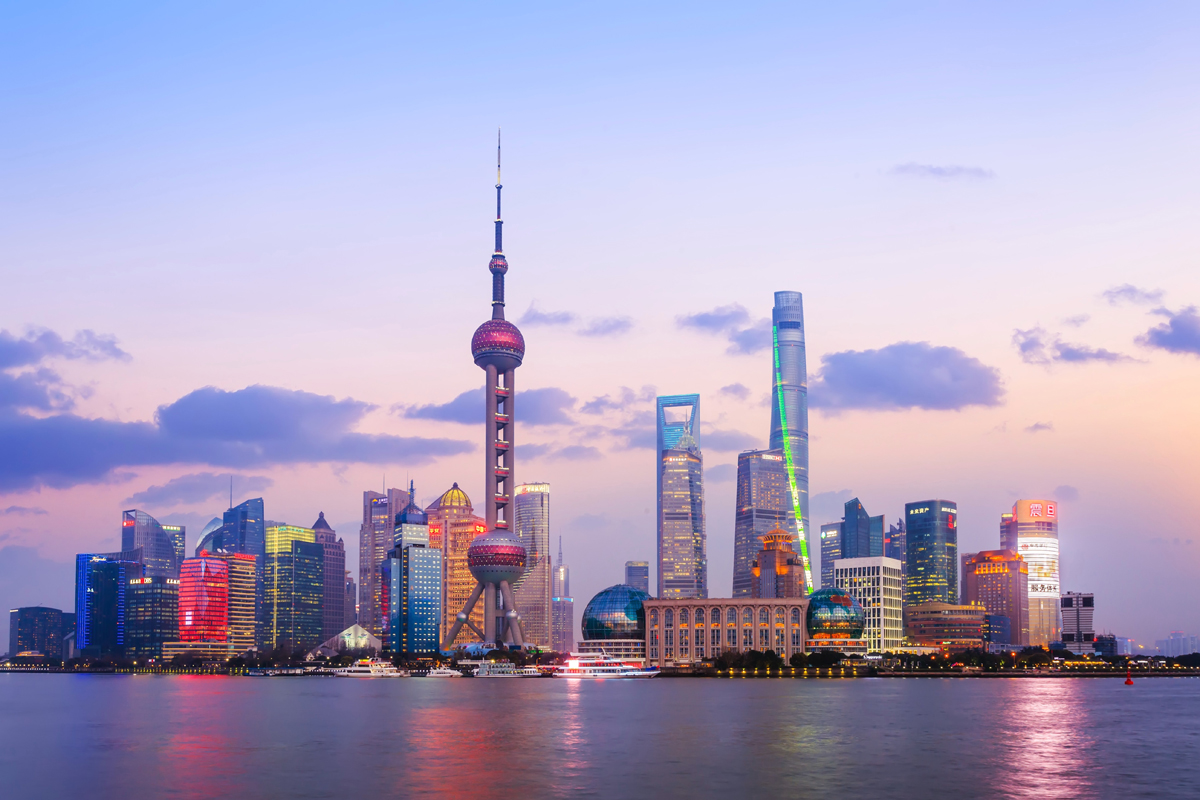Shanghai’s COVID Lockdown Latest Chapter In Ongoing Supply Chain Crisis

The largest container terminal in the world, the port of Shanghai, is facing considerable disruptions due to the city’s strict COVID lockdown policies. While the port remains open, difficulties stemming from constrained trucking and warehouse closures have led to significant congestion.
At The Ports: China has been battling a COVID wave since March. The financial hub of Shanghai has become a hotspot, registering more than 25,000 cases a day, leading authorities to lockdown effectively all of the region’s 25 million residents.
The port of Shanghai continues to operate, but more than 90% of truckers are unable to work because of the restrictions. This has slowed the pick-up of cargo at the port, contributing to a 75% increase in container dwell time since the lockdowns began.
The port of Shanghai’s ability to absorb imported containers, or accept new containers for export, is limited due to the lack of space. The situation is particularly tight for refrigerated containers, as there is a shortage of the electrical plug-ins they need to operate. CMA CGM S.A., the world’s third largest container transportation and shipping company, has urged cargo operators to choose alternative ports to deliver refrigerated containers.
With Shanghai in a near total lockdown, this is a map of the commercial ships currently waiting offshore to be loaded and offloaded of goods; exacerbating global supply chain woes pic.twitter.com/Md6PtpF3VE
— Scott Gottlieb, MD (@ScottGottliebMD) April 18, 2022
The Fallout: Shanghai is not the only region to implement lockdowns; other areas have responded with pre-emptive measures. These are affecting 373 million people in cities responsible for 40% of China’s GDP. Reuters reports that economists fear the country could be risking a recession.
The slowdown could also extend beyond China’s borders. In a report last week, investment bank Bernstein noted, “We believe the macro impact of China lockdowns could be quite high and something which the market is not yet pricing in.” Bernstein points out that container costs out of Shanghai are five times above pre-pandemic levels, while air freight is twice as high, raising costs for China’s trading partners and slowing its own recovery.
Rodrigo Zeidan, an associate professor of business and finance at NYU Shanghai, also cautions that Chinese port congestion could lead to further inflation due to its impact on prices of imported goods.
🧵
— Rodrigo Zeidan (@RodZeidan) April 20, 2022
Supply-side inflation coming your way.
Freight traffic for foreign trade in China is already👇by more than 5% and the lockdowns began in late March. April will be worse. PMI is scary, and delivery times are ⬆️
For ships waiting to be loaded, cargo vessels are in green. pic.twitter.com/knk3iO3SnV
Promo Impact: The Shanghai port congestion’s impacts on the promotional products industry have not yet been explicitly felt. The industry’s sourcing is distributed throughout China and promo goods are exported through several ports.
“At this point, we have seen very little in terms of disruption,” says Jonathan Isaacson, chairman and CEO of Gemline. “With that said, we have done extensive planning for this eventuality.”
Companies in the promotional products market are wise not to be complacent, however. China’s troubles could affect the industry in myriad ways, with outcomes potentially differing for suppliers and distributors. Looking ahead, Isaacson says, “It is important to be paying attention to what gets shut down, when and for how long. Communication is critical. Being nimble, flexible, and having options is also extremely important.”

